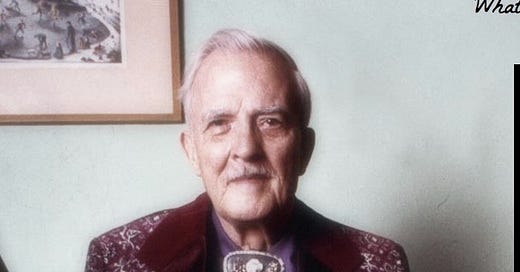what is “the unconscious mind”?
Freud talked about “the subconscious mind” in a time of archeology and veneration of the past. The purpose of therapy, then, was to bring what was “subconscious” or “subterranean” to “consciousness” or “the surface”. The subconscious was seen as a dangerous, destructive cauldron of desires that needed to be tamed. Woody Allen quipped that he’d been in analysis for 12 years; he’d give it one more year and then try Lourdes.
Erickson’s family travelled east in a covered wagon, setting Milton’s ability to reverse the prevailing social norm. Erickson spoke of “the unconscious mind” as a warehouse of accumulated wisdom and resources patiently waiting to be utilised. Problems, in this metaphor were caused by too much conscious mind influence, and so, the solution was in bypassing this fixation with the conscious influence, and instead, accessing what was within us all, and using it.
A wonderfully quirky example was a woman who rang Erickson, saying she had been washing her hands obsessively for 15 years. He told me that he was very interested to find out from her what she used to do with her hands 16 years ago!
Instead of getting into the complexities, we can approach “the unconscious mind” as the embodiment of accumulated learning. We can conceptualise “the unconscious mind” as “the body”. When we walk, we don’t need to be conscious of which foot we move; how high we lift it; how big a step we take, in fact as Ogden Nash quipped “The centipede, when asked which, leg it would move, ended in a ditch”. Being aware can be the problem, not the solution, and so, trusting our “unconscious mind” as Erickson invited, or if we translate this into trusting our body, can be such a relief.



